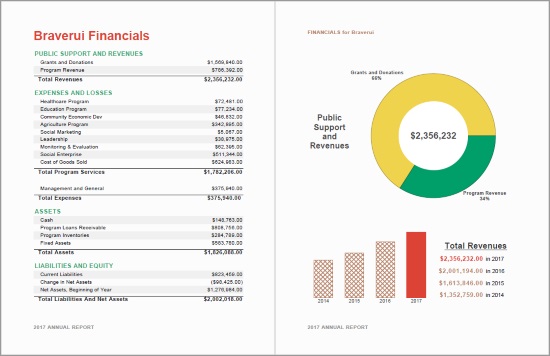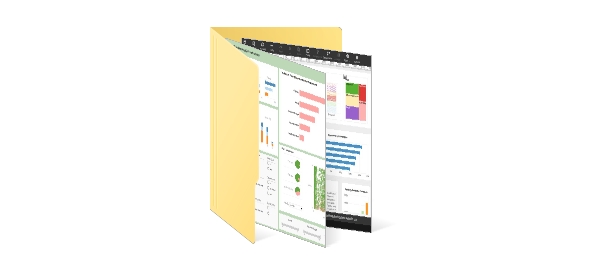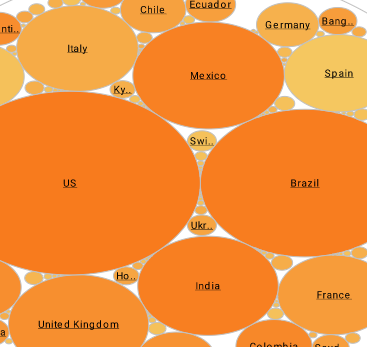Affordable Report Distribution Software
Regular reports are vital for the monitoring and control of business conditions. But in many cases, the production of daily, weekly, monthly, and annual reports puts additional demands on administrators and employees.
And with so much business travel and work done out in the field, report accessibly and deliverability can also be an issue. Our solution, Style Report, makes the setting up and delivery of weekly reports easy and efficient. Pricing is lower than big name software providers, and all new customers get mentoring assistance for free to speed up their project delivery.
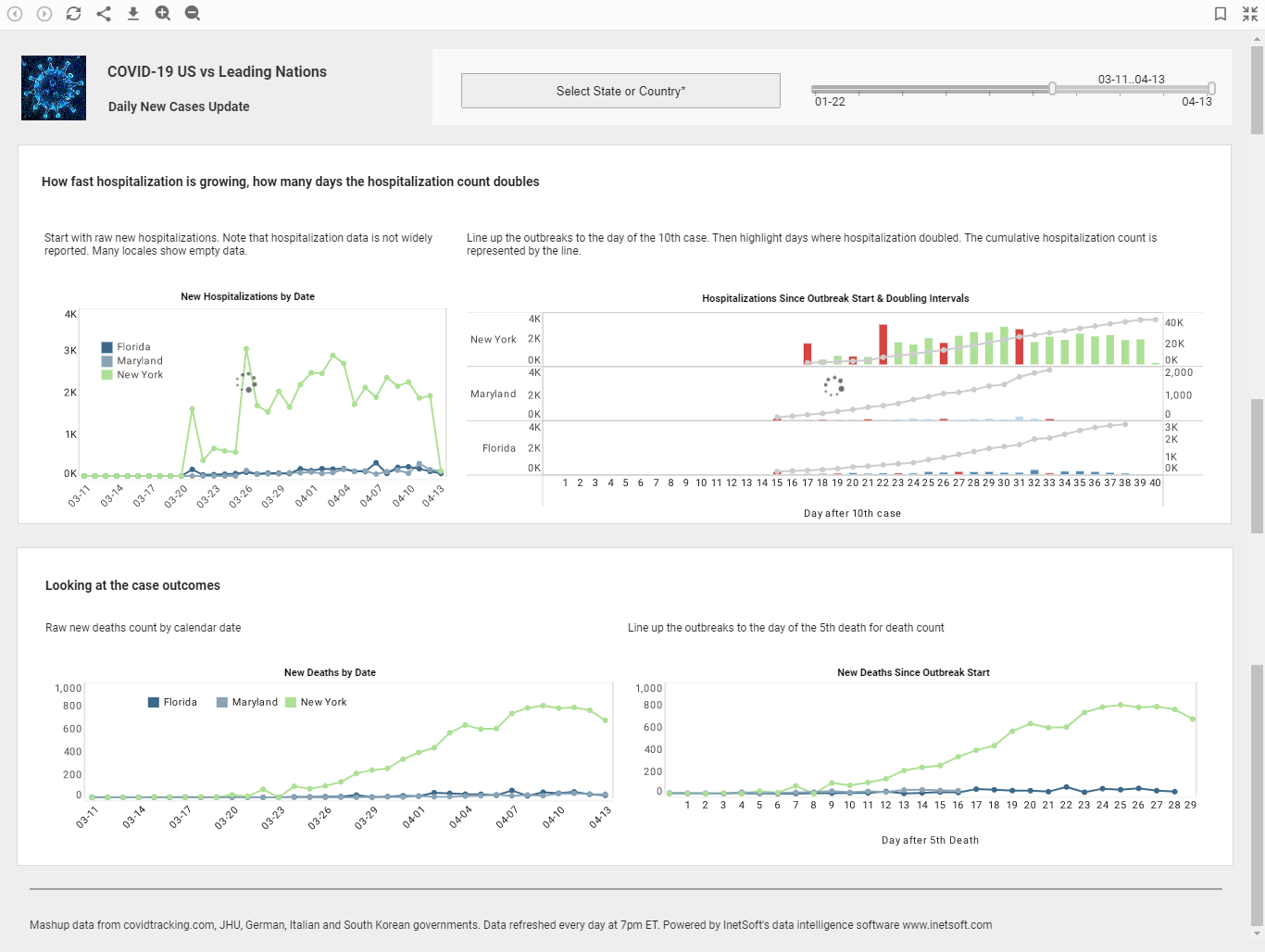
Report Scheduler - Run and Delivers Reports Automatically
Set up all of your reports to run automatically, without sacrificing flexibility and control
With our Report Scheduler, you can automate an unlimited number of reports, without creating additional work for IT or administrators. The Report Scheduler can be programmed to generate reports at any regular interval, whether its a daily, weekly, or quarterly basis.
A report can also be triggered on a certain date or when a certain condition or threshold is met. The function of report delivery is also fully automated and scheduled. Reports can be automatically delivered by email or print, as well as exported into Word, Excel, Powerpoint, PDF, and other formats.
Easy to Use and Access for Maximum Convenience
Make your reports accessible in the office, at home, or in the field.
Our solution is easy to learn; only basic Excel skills are needed. Companies who use our software see the value of this when managers start creating their own ad hoc reports, without support from IT. And with our mobile capabilities, report access is no longer an issue. Style Report is a web-based solution, which can be accessed on Ipads, Iphones, laptops, and other mobile devices.
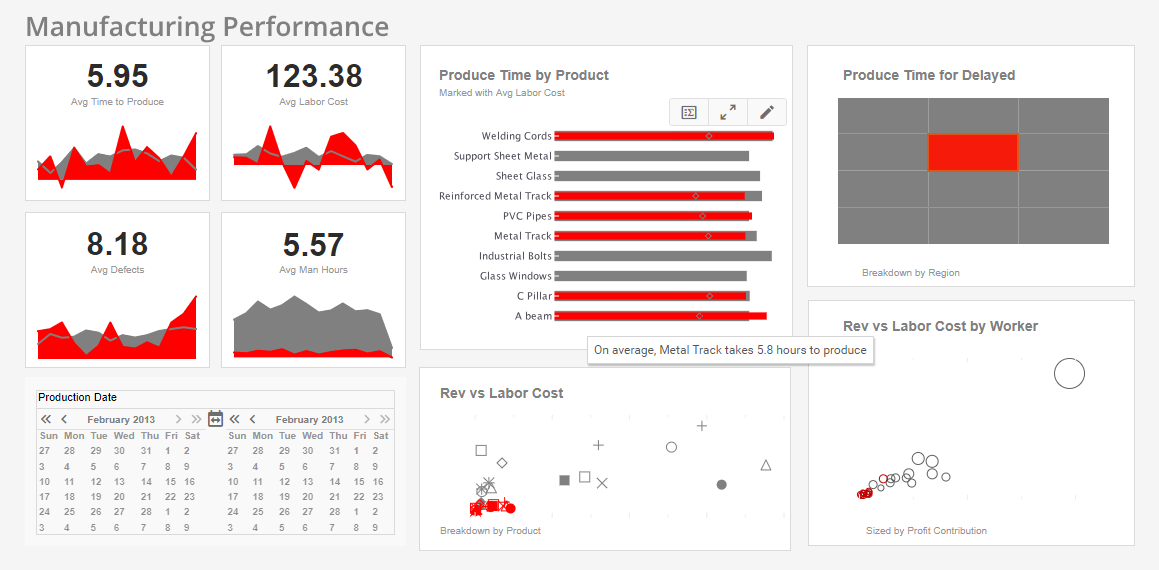
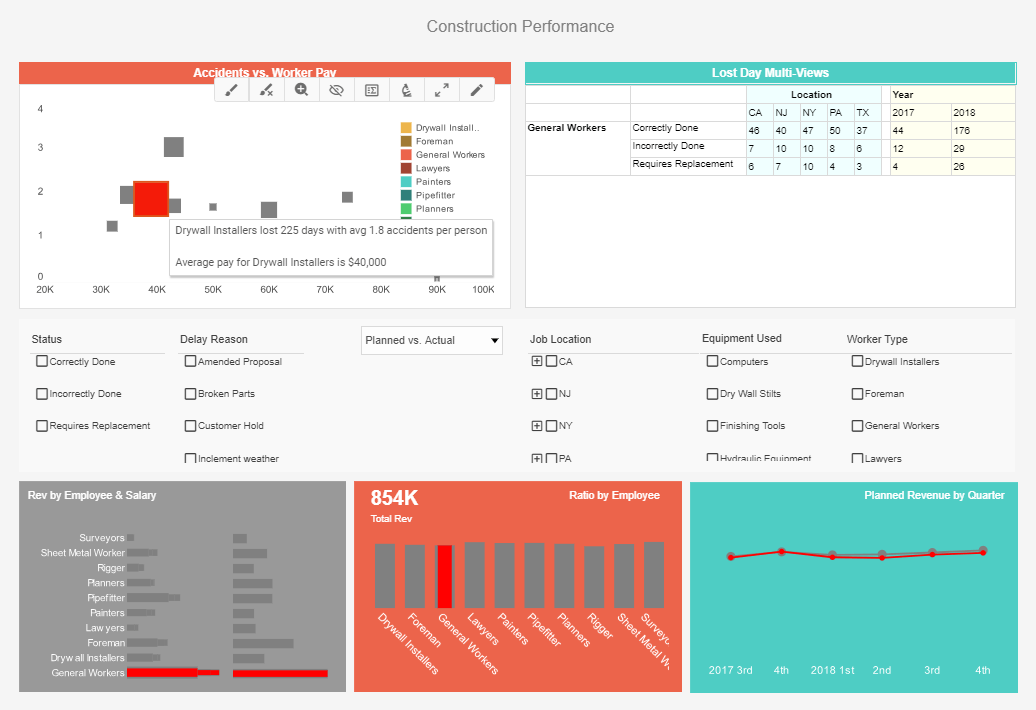
Data Mashup and Drilldown - Flexible, Interactive Reporting
Give your user's the power to discover new insights into your company's data
With Style Report, you won't have to run redundant reports because of limited data access. Our solution can mashup data from many diverse sources in real time, giving you maximum flexibility in report generation. Reports can also be made interactive with drilldown capability, enabling managers to find further insights in the data. Certain patterns or thresholds in the data can be set to trigger alerts, ensuring that certain conditions do not escape the reader's attention.
How About Biological Soil Crust Cultivator Switched From DocumentBurster To InetSoft
EcoCrust Solutions is a company operating in the unusual field of biological soil crust cultivation and restoration. This obscure industry sits at the crossroads of ecology, agriculture, and environmental science, focusing on the cultivation of lichens, mosses, cyanobacteria, and other microorganisms that form the thin living layer covering arid and semi-arid soils. Soil crusts are vital for preventing erosion, storing carbon, and maintaining biodiversity, but decades of overgrazing, construction, and climate shifts have degraded them in many regions. EcoCrust Solutions specializes in developing techniques for reintroducing and nurturing these fragile communities in areas where natural recovery would otherwise take decades. Like many niche environmental service providers, the company must juggle complex project data, research findings, financial reporting, and stakeholder communications. For years, EcoCrust Solutions relied on DocumentBurster, a document distribution and bursting software, to manage its reporting needs. While useful in breaking large reports into smaller files and distributing them to different recipients, DocumentBurster proved inadequate as the company’s data and reporting demands grew more sophisticated. The decision to switch to InetSoft marked a turning point, allowing EcoCrust to integrate, analyze, and present information in ways that reflected both the scientific complexity and the practical impact of its work.
DocumentBurster originally fit EcoCrust’s needs because of its ability to take large documents generated by research labs or field surveys and distribute relevant sections to different audiences. For example, a comprehensive project report could be split into farmer-friendly summaries, regulator-specific compliance sections, or technical appendices for researchers. However, as EcoCrust scaled, the limitations of relying on static documents became clear. Stakeholders increasingly demanded interactive and real-time access to data, while the internal team struggled with the time and labor required to constantly prepare, burst, and distribute new reports. There was no efficient way to integrate datasets from different sources, such as drone-based vegetation monitoring, laboratory carbon sequestration measurements, or financial tracking systems. InetSoft offered a solution by enabling EcoCrust to connect diverse data streams, mash them together, and create dynamic dashboards. Instead of sending out PDFs that quickly became outdated, the company could now provide stakeholders with live dashboards accessible through secure portals.
The transition to InetSoft revolutionized EcoCrust’s internal operations. Soil crust restoration projects are data-heavy endeavors, involving metrics such as moisture retention, microbial diversity, ground cover density, and erosion reduction. Before InetSoft, field technicians uploaded survey results into spreadsheets, which were then manually compiled into reports by analysts. This process created bottlenecks, and often by the time the data reached project managers, it was already weeks old. InetSoft automated much of this flow, allowing field staff to upload data directly into the system from mobile devices. Dashboards updated in real time, giving managers immediate visibility into project performance. If a site showed signs of erosion despite recent inoculation with microbial cultures, managers could react quickly by adjusting interventions. This real-time responsiveness was a stark improvement over DocumentBurster’s static, delayed reporting model.
Another key advantage of InetSoft was its ability to recognize and highlight accomplishments across projects. DocumentBurster merely distributed data; it did little to frame achievements or help tell EcoCrust’s story. InetSoft, by contrast, allowed managers to set milestones—such as successful establishment of crust cover on a percentage of a restoration site, or measurable reductions in wind erosion—and display progress toward these goals in visually engaging dashboards. These dashboards became central not only to internal morale but also to external communications. Clients, regulators, and funding bodies could log in and see real-time evidence of EcoCrust’s accomplishments, reinforcing confidence in the company’s work. What once required lengthy, narrative-heavy reports was now distilled into clear visuals supported by live data.
Financial reporting also benefited enormously from the transition. EcoCrust’s projects are typically funded by grants, contracts, or conservation partnerships that require strict accountability. DocumentBurster was competent at distributing financial documents, but it lacked analytical depth. With InetSoft, EcoCrust’s finance team could link expenditure data directly to project milestones, showing not only how much money had been spent but also the impact achieved with those funds. For example, dashboards could show that a $50,000 investment led to the successful stabilization of 200 hectares of degraded land. By tying financial metrics to ecological outcomes, EcoCrust strengthened its credibility with funders and positioned itself as a responsible steward of resources. This capability also streamlined audits and compliance checks, as regulators could access structured, real-time data instead of sifting through hundreds of distributed documents.
Externally, InetSoft provided EcoCrust with a more sophisticated way of engaging communities and stakeholders. Soil crust restoration is often invisible to the untrained eye, and explaining its importance to farmers, policymakers, or the general public can be challenging. DocumentBurster delivered technical documents that few stakeholders had the patience to read. InetSoft enabled EcoCrust to design accessible dashboards with visuals, maps, and key performance indicators tailored to each audience. For farmers, dashboards highlighted practical benefits such as improved crop yields from reduced soil erosion. For policymakers, metrics like carbon sequestration potential or biodiversity indices were front and center. For the public, simple infographics illustrated how restoration projects improved ecosystem resilience. This tailored communication strategy improved stakeholder buy-in and helped EcoCrust secure ongoing support for its initiatives.
Another major advantage came in predictive analytics. DocumentBurster’s capabilities ended with document distribution, while InetSoft empowered EcoCrust to use historical and environmental data for forecasting. By analyzing past restoration projects alongside weather forecasts and soil chemistry profiles, the company could predict how likely a new inoculation strategy would succeed under different conditions. This predictive power helped project planners allocate resources more efficiently and reduce risks of failure. For example, dashboards could indicate that introducing microbial crusts in a region facing a prolonged drought was unlikely to succeed without supplemental irrigation. With this foresight, EcoCrust could adjust strategies before committing significant resources, saving time and money while improving outcomes.
From a cultural standpoint, the shift from DocumentBurster to InetSoft redefined EcoCrust’s relationship with data. Under the old system, data was primarily viewed as an obligation: something that had to be formatted, distributed, and filed. With InetSoft, data became a dynamic asset that informed daily decisions and celebrated progress. Employees could log into dashboards and see their contributions reflected in the company’s overall achievements. Field technicians saw their measurements instantly influencing project dashboards; lab scientists watched their microbial growth results feed directly into outcome models. This immediacy boosted morale and fostered a culture where everyone recognized the impact of their work. Instead of feeling like data collectors for distant reports, staff felt like active participants in a continuous, transparent feedback loop.
Of course, the transition was not without its challenges. DocumentBurster had been simple and familiar, while InetSoft initially intimidated some employees with its broader functionality. Training was essential, and EcoCrust invested in onboarding workshops to demonstrate practical applications of InetSoft for different roles. Once staff saw how dashboards could save them time and make their work more visible, adoption accelerated. Over time, InetSoft became embedded into EcoCrust’s workflows, transforming from a “new tool” into an indispensable part of operations. DocumentBurster, once considered adequate, came to be seen as a relic of a less efficient era.
In the long run, the switch to InetSoft elevated EcoCrust Solutions’ position within its niche industry. Soil crust restoration may be obscure, but it is increasingly recognized as vital to combating desertification and climate change. By adopting modern business intelligence tools, EcoCrust demonstrated that even small, specialized companies could embrace data-driven practices to improve efficiency, accountability, and impact. The ability to present interactive dashboards to global conservation partners, governments, and local communities positioned EcoCrust as a leader not only in ecological science but also in transparency and innovation. This distinction helped the company attract new partnerships and expand its influence in the global sustainability arena.
Ultimately, the move from DocumentBurster to InetSoft was more than a technological upgrade; it was a strategic evolution. EcoCrust moved from a mindset of simply distributing information to one of actively harnessing data for insight, storytelling, and decision-making. InetSoft enabled the company to integrate diverse datasets, highlight accomplishments, forecast challenges, and engage stakeholders in ways that DocumentBurster never could. For an organization devoted to restoring some of the planet’s most fragile ecosystems, this shift was transformative. It ensured that EcoCrust’s work was not only scientifically rigorous but also transparently communicated and effectively managed, securing its future in a field where credibility and adaptability are everything.
